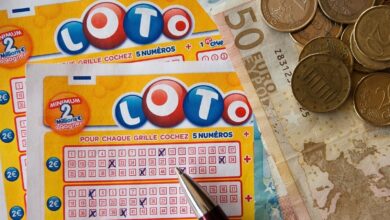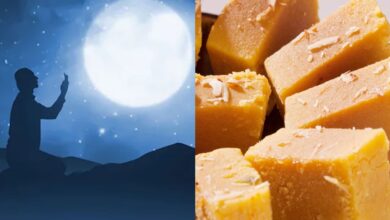DYK the wasabi being served to you might just be fake? Here’s why

Before you casually tip your sushi-loaded chopsticks into the neatly coiffed little dollop of wasabi on your expensive and exotic platter, know that your favourite taste-bud tingling condiment — an absolute staple with your average sushi order — may not be what it’s being presented as. DYK the wasabi you’re eating may not really be authentic?(Photo: Eat This Not That) Now while this sounds rather siner, it actually isn’t. It’s just logics. But regardless, given the big bucks that sushi places both quick fix and high-end demand — and rightfully so, sushi rolling is an exquisite culinary art after all — we’d rather you know what you’re putting in your mouth. Right off the bat, the chances of your favourite sushi place — yes even the exorbitantly priced ones — serving you actual, real wasabi, is, well, very miniscule. As per a Bokksu breakdown, wasabi is a variety of Japanese horseradish. While you may only be concerned with it in it’s poised piped pile, the process involves grating the rhizome root of the Wasabia japonica or Eutrema wasabi plant. The issue doesn’t just stand at procuring the plant to make the paste. The Wasabia japonica is notoriously hard to cultivate due to its need for very specific growing conditions ranging from moderate shade to consently mo (but not soggy) soil, and high humidity during summer, with just the right amount of moure. That sounds like a real task and it actually is. Now while this might give you a rough idea of why exactly your favourite sushi restaurant has been serving up faux wasabi, we also feel it’s prudent you know what it is you’re ingesting instead. The rule of thumb ‘recipe’ for wasabi happens to involve horseradish (typically European), in its powdered form, mixed in with hot mustard, sweeteners and that lush green food colouring. Mmmm. We understand how that last ingredient might really feel like a downer, especially if you’re anal about ingesting clean, healthy, fresh produce — a fair expectation given the hefty bills most sushi places tend to rake up — know that fake wasabi, is more common that you’d anticipate. So you’re not alone in this. Steel feeling ever so slightly cheated? There is, a rather curated way of knowing if the wasabi you’re being served on your next sushi platter, is real or fake. But this will require you to be super intentional about the dab you swab to taste. That pungent spiciness that a lick of wasabi comes with, is unmissable. However, in a concoction that uses horseradish and mustard, the spiciness will be akin to the heat that comes from say, chillies — direct and on the tongue. On the other hand, the pungent spiciness from a lick of real wasabi comes in an after wave and hits the nose before the tongue. If it makes you feel any better, the compound actually responsible for the trademark wasabi kick, called allyl isothiocyanate, is also present in horseradish and mustard, making the kick from the faux wasabi, not all that faux? What do you feel about this?







